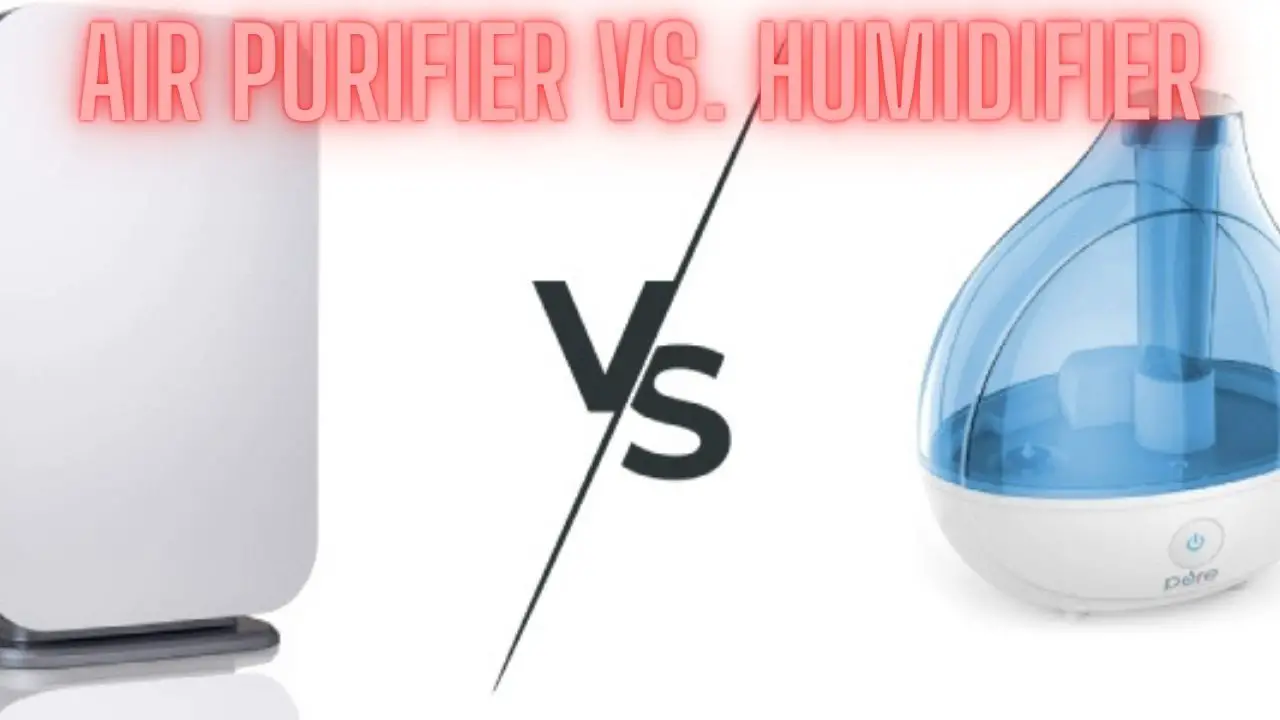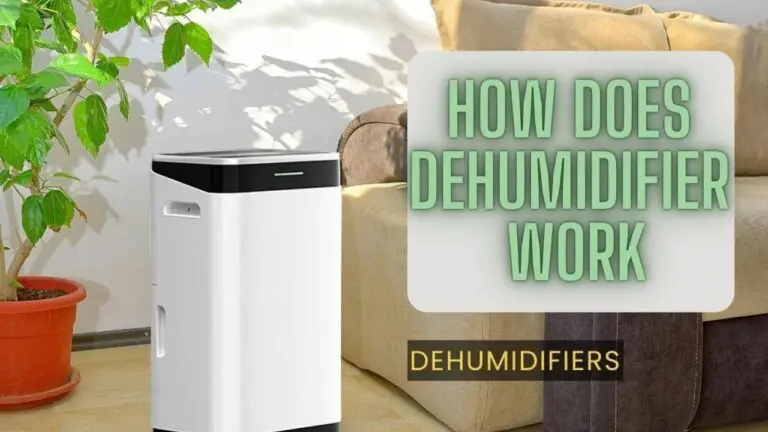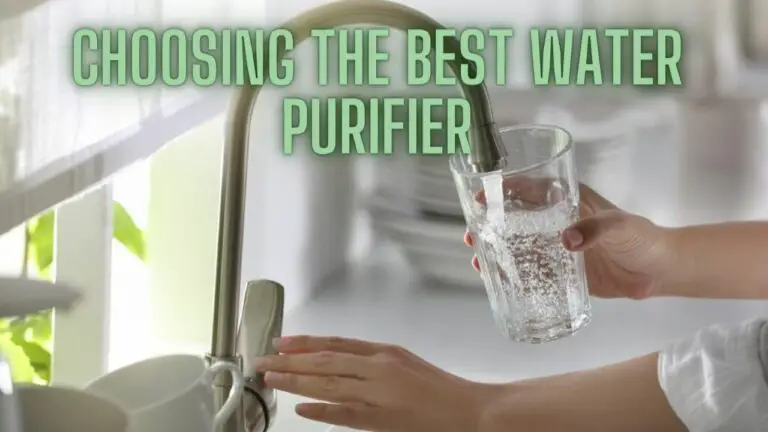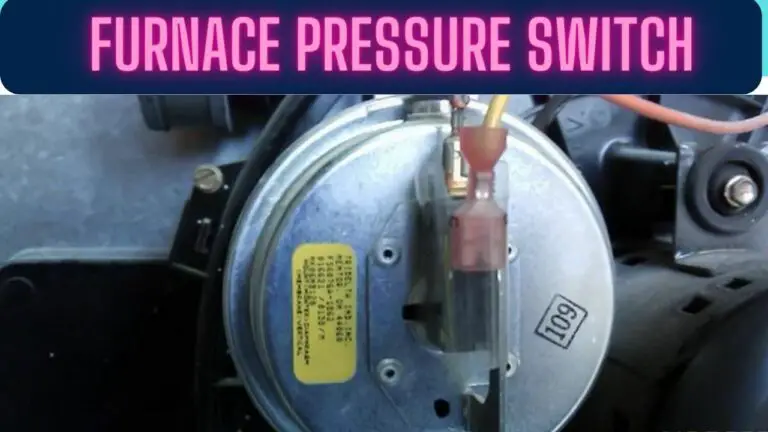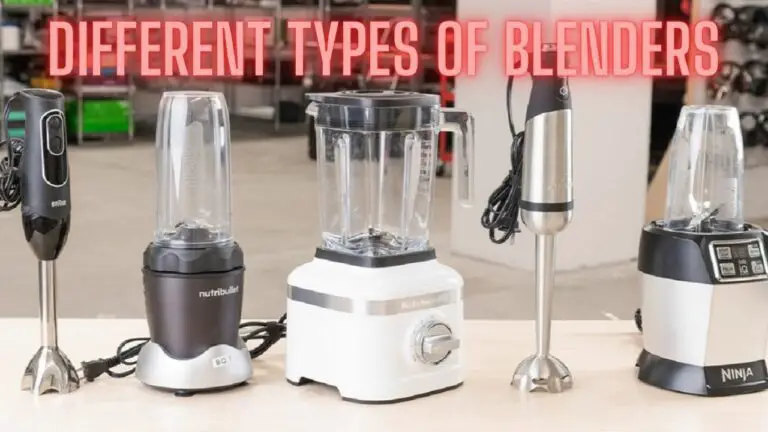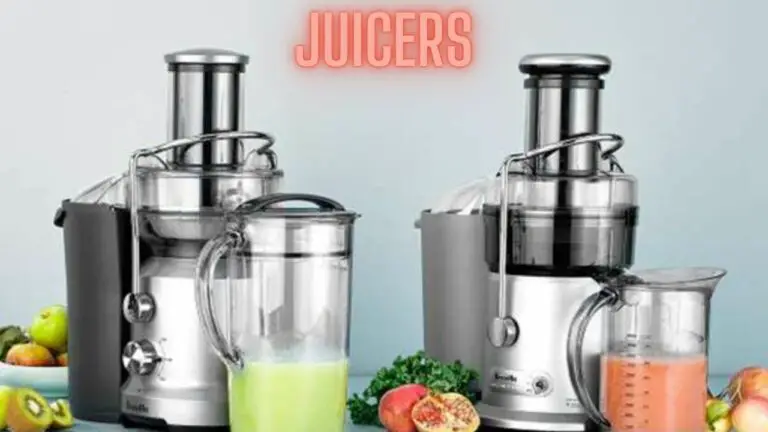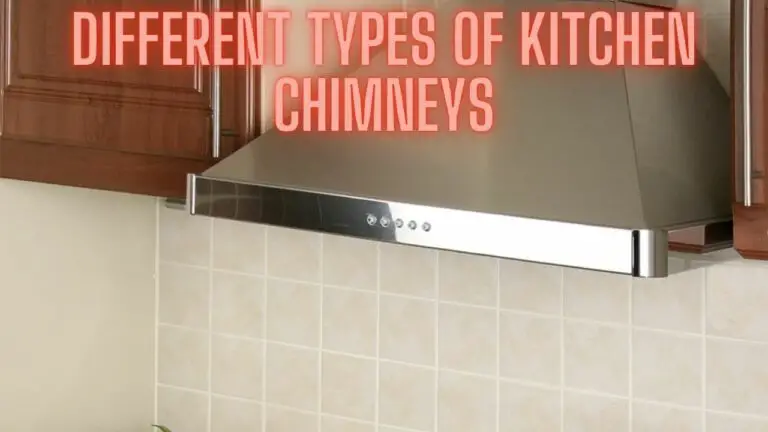Air Purifier vs. Humidifier: Choosing the Right Device for Your Home
Introduction
In today’s modern world, indoor air quality has become a growing concern due to various pollutants, allergens, and environmental factors that can affect our health and well-being. To address these issues, many people turn to air purifiers and humidifiers as solutions to improve the quality of the air in their homes or workplaces.
In this guide, we will explore the differences between air purifiers and humidifiers, two commonly used devices aimed at enhancing indoor air quality. We will discuss their respective functions, mechanisms of action, benefits, and maintenance requirements. Additionally, we will provide insights into how to choose between an air purifier and a humidifier based on your specific needs and circumstances.
Whether you’re looking to remove airborne contaminants, alleviate allergy symptoms, or maintain optimal humidity levels in your indoor environment, this guide will help you understand the distinctions between air purifiers and humidifiers and determine which one is best suited for your requirements. Let’s delve into the world of indoor air quality improvement and explore the nuances between these two essential devices.
Understanding Air Purifiers
Air purifiers are devices designed to improve indoor air quality by removing pollutants, allergens, and contaminants from the air. They work by drawing in air from the surrounding environment, passing it through a series of filters or purification technologies, and then releasing clean air back into the space. Here’s a closer look at how air purifiers work and the different types available:
- What is an Air Purifier?
- An air purifier is a device that helps to remove particles and pollutants from the air within a specific area, such as a room or office.
- These devices can help to alleviate symptoms of allergies and asthma, reduce odors, and create a healthier indoor environment.
- How Do Air Purifiers Work?
- Air purifiers work through various filtration or purification mechanisms to capture and remove airborne contaminants.
- Common purification technologies include:
- High-Efficiency Particulate Air (HEPA) Filters: HEPA filters can capture particles as small as 0.3 microns, including dust, pollen, pet dander, and mold spores.
- Activated Carbon Filters: Activated carbon filters adsorb odors, gases, and volatile organic compounds (VOCs) from the air.
- Ultraviolet (UV) Light Air Purifiers: UV light air purifiers use ultraviolet radiation to neutralize bacteria, viruses, and other microorganisms in the air.
- Ionic Air Purifiers: Ionic air purifiers release negatively charged ions that attach to airborne particles, causing them to become heavy and fall to the ground.
- Ozone Generators: Ozone generators produce ozone, a reactive gas that oxidizes and neutralizes pollutants in the air.
- Some air purifiers may combine multiple purification technologies for enhanced effectiveness.
- Benefits of Using an Air Purifier
- Improved Indoor Air Quality: Air purifiers help to remove pollutants and allergens from the air, resulting in cleaner and healthier indoor environments.
- Allergy and Asthma Relief: By removing allergens such as dust, pollen, and pet dander, air purifiers can provide relief for allergy and asthma sufferers.
- Odor Elimination: Activated carbon filters and ozone generators can help to neutralize odors from cooking, pets, smoke, and other sources.
- Respiratory Health: Cleaner air can lead to improved respiratory health and reduced risk of respiratory infections and illnesses.
Understanding how air purifiers work and the benefits they offer can help you make an informed decision when choosing the best air purifier for your specific needs. In the following sections, we’ll explore the different types of air purifiers in more detail and discuss the factors to consider when selecting the right model for your home or office.
Understanding Humidifiers
Humidifiers are devices designed to increase the moisture levels in the air by releasing water vapor or steam into the surrounding environment. They are commonly used to alleviate symptoms of dryness, such as dry skin, irritated nasal passages, and static electricity, particularly during the colder months when indoor heating systems can reduce humidity levels. Here’s a closer look at how humidifiers work and their various types:
- What is a Humidifier?
- A humidifier is a device that adds moisture to the air to increase humidity levels in indoor spaces.
- These devices are commonly used in homes, offices, and other indoor environments to maintain comfortable humidity levels and alleviate symptoms of dryness.
- How Do Humidifiers Work?
- Humidifiers work by dispersing water vapor or steam into the air, increasing moisture levels to achieve the desired humidity level.
- There are several types of humidifiers, including:
- Evaporative Humidifiers: These humidifiers use a fan to blow air through a moistened wick or filter, causing water to evaporate and humidify the air.
- Ultrasonic Humidifiers: Ultrasonic humidifiers use ultrasonic vibrations to generate a fine mist of water vapor, which is then dispersed into the air.
- Steam Vaporizers: Steam vaporizers heat water to produce steam, which is released into the air to increase humidity levels.
- Impeller Humidifiers: Impeller humidifiers use a rotating disk to fling water at a diffuser, breaking it into tiny droplets that are then dispersed into the air.
- Each type of humidifier has its own advantages and disadvantages in terms of effectiveness, noise level, and maintenance requirements.
- Benefits of Using a Humidifier
- Alleviates Dryness: Humidifiers help to alleviate symptoms of dry skin, irritated nasal passages, and dry throat by increasing moisture levels in the air.
- Relieves Respiratory Symptoms: Adding moisture to the air can help to relieve symptoms of respiratory conditions such as colds, allergies, and asthma.
- Protects Wooden Furniture and Floors: Maintaining proper humidity levels can prevent wooden furniture and floors from drying out and cracking.
- Reduces Static Electricity: Adequate humidity levels can reduce static electricity, which is common in dry indoor environments.
- Improves Comfort: Humidifiers create a more comfortable indoor environment by maintaining optimal humidity levels for occupants.
Understanding how humidifiers work and the benefits they offer can help you determine whether a humidifier is the right solution for your indoor environment. In the following sections, we’ll discuss the different types of humidifiers in more detail and guide on choosing the best humidifier for your specific needs.
Differences Between Air Purifiers and Humidifiers
While both air purifiers and humidifiers are designed to improve indoor air quality, they serve different purposes and operate using distinct mechanisms. Here are the key differences between air purifiers and humidifiers:
- Purpose and Functionality:
- Air Purifiers: Air purifiers are primarily designed to remove airborne pollutants, allergens, and contaminants from the air. They work by filtering out particles and microorganisms, such as dust, pollen, pet dander, mold spores, bacteria, and viruses, to create cleaner and healthier indoor air.
- Humidifiers: Humidifiers, on the other hand, are designed to increase the moisture levels in the air by releasing water vapor or steam. They help to alleviate symptoms of dryness, such as dry skin, irritated nasal passages, and static electricity, by adding moisture to the indoor environment.
- Mechanism of Action:
- Air Purifiers: Air purifiers use various filtration or purification technologies, such as HEPA filters, activated carbon filters, UV light, ionization, or ozone generation, to capture and remove airborne particles and microorganisms from the air.
- Humidifiers: Humidifiers work by dispersing water vapor or steam into the air to increase humidity levels. They may use different mechanisms, such as evaporation, ultrasonic vibrations, or heating, to generate and release moisture into the indoor environment.
- Targeted Air Quality Issues:
- Air Purifiers: Air purifiers are effective at removing pollutants, allergens, and contaminants from the air, making them suitable for addressing indoor air quality issues such as dust, pollen, pet dander, mold, bacteria, viruses, and odors.
- Humidifiers: Humidifiers are specifically designed to address dry indoor air and its associated symptoms, such as dry skin, dry throat, irritated nasal passages, and static electricity. They do not remove airborne pollutants or allergens from the air.
- Types and Varieties:
- Air Purifiers: Air purifiers come in various types and models, including HEPA air purifiers, activated carbon air purifiers, UV air purifiers, ionizing air purifiers, and ozone generators, each with its own filtration or purification technology.
- Humidifiers: Humidifiers also come in different types, such as evaporative humidifiers, ultrasonic humidifiers, steam vaporizers, and impeller humidifiers, each employing different methods to add moisture to the air.
- Maintenance Requirements:
- Air Purifiers: Air purifiers require regular maintenance, including filter replacement, cleaning of the unit and filters, and periodic servicing to ensure optimal performance and efficiency.
- Humidifiers: Humidifiers also require maintenance, such as cleaning the water tank, replacing the water filter (if applicable), and descaling the unit to prevent mineral buildup and bacterial growth.
Understanding these differences can help you determine whether you need an air purifier, a humidifier, or both to address your specific indoor air quality concerns and create a healthier and more comfortable indoor environment.
Choosing Between an Air Purifier and a Humidifier
When deciding between an air purifier and a humidifier, consider your specific indoor air quality needs, environmental factors, budget, and compatibility with existing HVAC systems. Here are some factors to consider to help you make the right choice:
- Identifying Indoor Air Quality Needs:
- If your primary concern is removing airborne pollutants, allergens, and contaminants from the air, an air purifier may be the best option. Air purifiers are effective at capturing particles such as dust, pollen, pet dander, mold spores, bacteria, and viruses.
- If you experience symptoms of dryness, such as dry skin, irritated nasal passages, and static electricity, a humidifier may be more suitable. Humidifiers add moisture to the air, alleviating dryness and improving overall comfort.
- Considering Environmental Factors:
- Assess the environmental conditions in your home or workplace, such as humidity levels, temperature, and presence of indoor pollutants. If you live in a dry climate or experience low humidity levels during the winter months when indoor heating systems are used, a humidifier may be beneficial.
- If you’re sensitive to airborne allergens or pollutants, or if you live in an area with high outdoor air pollution, an air purifier can help improve indoor air quality and reduce exposure to harmful particles.
- Budget and Cost Considerations:
- Determine your budget for purchasing and maintaining an air purifier or humidifier. Consider the initial cost of the unit, as well as ongoing expenses such as filter replacements, cleaning supplies, and electricity usage.
- Compare the cost of different models and types of air purifiers and humidifiers to find one that fits within your budget constraints while meeting your indoor air quality needs.
- Compatibility with Existing HVAC Systems:
- Consider whether you have existing HVAC systems, such as central heating or cooling systems, and how an air purifier or humidifier would integrate with them.
- Some HVAC systems may have built-in air purification or humidification features, which could influence your decision to purchase standalone air purifiers or humidifiers.
- Personal Preference and Lifestyle Factors:
- Consider your personal preferences, lifestyle, and habits when choosing between an air purifier and a humidifier. Think about how each device would fit into your daily routine and contribute to your overall comfort and well-being.
- If you have specific health concerns, allergies, or respiratory conditions, consult with a healthcare professional or indoor air quality expert to determine the most appropriate solution for your needs.
Ultimately, the decision between an air purifier and a humidifier depends on your specific indoor air quality concerns and preferences. You may also consider using both devices in conjunction to address different aspects of indoor air quality and create a healthier and more comfortable indoor environment.
Complementary Use of Air Purifiers and Humidifiers
While air purifiers and humidifiers serve different purposes, they can complement each other effectively to create a healthier and more comfortable indoor environment. Here’s how you can use air purifiers and humidifiers together for optimal results:
- Addressing Different Indoor Air Quality Concerns:
- Air Purifiers: Air purifiers are effective at removing airborne pollutants, allergens, and contaminants from the air, such as dust, pollen, pet dander, mold spores, bacteria, and viruses. They help to improve indoor air quality by capturing and filtering out these particles.
- Humidifiers: Humidifiers add moisture to the air to alleviate symptoms of dryness, such as dry skin, irritated nasal passages, and static electricity. They help to maintain optimal humidity levels in indoor environments, particularly during the colder months when indoor heating systems can dry out the air.
- Creating an Optimal Indoor Environment:
- By using both an air purifier and a humidifier together, you can address multiple aspects of indoor air quality and create a more balanced and comfortable indoor environment.
- Air purifiers help to remove airborne pollutants and allergens, while humidifiers add moisture to the air, helping to alleviate dryness and improve overall comfort.
- This combination can be especially beneficial for individuals with respiratory conditions, allergies, or sensitive skin, as it can help reduce exposure to irritants and maintain a healthier indoor environment.
- Placement and Operation:
- Place the air purifier and humidifier in strategic locations within the room to ensure optimal air circulation and humidity distribution.
- Run the air purifier continuously to maintain clean air, especially in areas prone to allergens or pollutants.
- Use the humidifier as needed to maintain comfortable humidity levels, particularly during dry periods or in rooms with low humidity.
- Regular Maintenance:
- Keep both the air purifier and humidifier well-maintained to ensure optimal performance and efficiency.
- Follow the manufacturer’s recommendations for filter replacement, cleaning, and maintenance for both devices.
- Regularly clean the water tank and components of the humidifier to prevent mineral buildup and bacterial growth.
- Monitoring Indoor Air Quality:
- Use an air quality monitor to track indoor air quality parameters, such as particulate matter levels, humidity levels, and temperature.
- Adjust the settings of the air purifier and humidifier based on indoor air quality readings to maintain optimal conditions.
By using air purifiers and humidifiers together, you can create a more balanced and comfortable indoor environment, addressing both air quality and humidity concerns effectively. This complementary approach can help improve respiratory health, alleviate allergy symptoms, and enhance overall comfort and well-being for occupants.
Frequently Asked Questions (FAQs)
Can I use an air purifier and humidifier in the same room?
Yes, using both devices in the same room is common and can address both air quality and humidity concerns. However, ensure that each device is appropriately sized for the room, and follow maintenance guidelines to prevent issues.
Can an air purifier replace a humidifier or vice versa?
No, air purifiers and humidifiers serve different purposes. An air purifier cannot add moisture to the air, and a humidifier cannot remove airborne particles or pollutants. It’s best to use each device for its intended function.
Are there combined air purifier and humidifier devices?
Yes, some devices on the market combine both air purification and humidification functions. These hybrid devices offer the benefits of both technologies in a single unit.
Do humidifiers clean the air?
Humidifiers add moisture to the air but do not clean it in the same way air purifiers do. While some humidifiers have filters that capture impurities, their primary function is to raise humidity levels.
Are there health risks associated with using humidifiers?
Improper use or maintenance of humidifiers can lead to health risks, such as mold or bacteria growth. Regular cleaning and following manufacturer guidelines mitigate these risks.
Can air purifiers remove pet odors?
Yes, air purifiers with activated carbon filters are effective in capturing and neutralizing pet odors, making them a valuable tool for pet owners.
Do air purifiers consume a lot of electricity?
The energy consumption of air purifiers varies. Look for energy-efficient models with features like automatic shut-off to minimize electricity usage.
Can I use an air purifier with a humidifier setting?
Some air purifiers have built-in humidifier functions or can be used in conjunction with a separate humidifier. Check the specifications of the specific model for compatibility.
Conclusion
In the quest for a healthy and comfortable indoor environment, the choice between an air purifier and a humidifier depends on your specific needs and concerns. Air purifiers excel at removing airborne particles and pollutants, making them a go-to solution for those with allergies or respiratory issues. On the other hand, humidifiers add moisture to the air, providing relief from dry skin and respiratory discomfort caused by low humidity levels.
Understanding the distinctions between air purifiers and humidifiers allows you to make an informed decision based on your unique circumstances. Whether you opt for one or choose to use both devices in tandem, the goal is to create a living space that promotes optimal air quality and comfort year-round.

